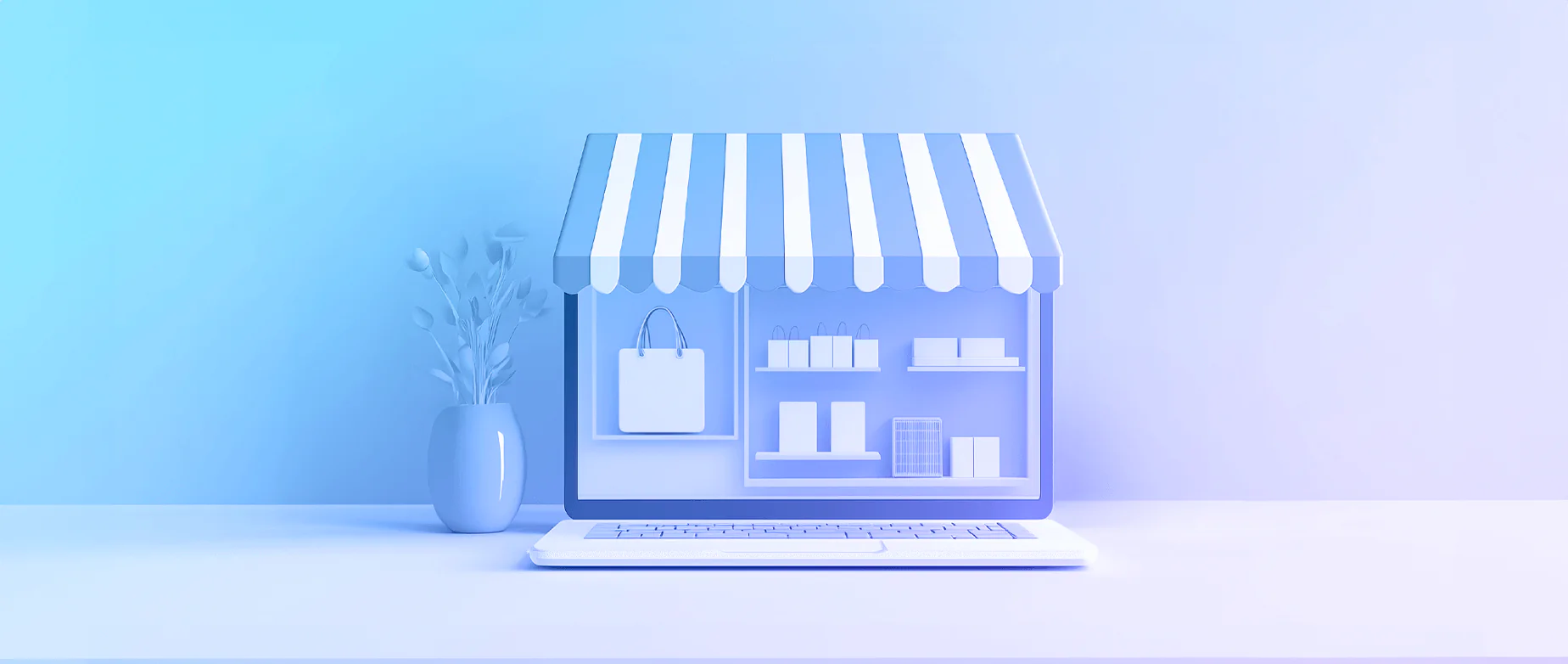
Building your own physical store is one of the most powerful steps toward financial freedom and independence.
It’s where your idea becomes a reality — a space that represents your vision, your brand, and your future wealth.
Elon Musk once said, “If something is important enough, even if the odds are against you, you should still do it.”
Starting a store is exactly that kind of mission. It’s hard work — but with the right plan, it can build real, lasting success.
This is your ultimate step-by-step guide to starting a successful physical store, from idea to launch — built around clarity, confidence, and tools like Shopify, which make running your business simple, scalable, and profitable.
The richest entrepreneurs in the world — from Warren Buffett to Oprah Winfrey — all built their empires around something they genuinely love.
Buffett once said: “Without passion, you don’t have energy. Without energy, you have nothing.”
That’s why the first step isn’t finding money — it’s finding something you enjoy enough to put in the hours it takes to become great.
Ask yourself:
Example 1:
If you love fitness, open a gym apparel or supplement store.
You already speak the language of your customers.
Example 2:
If you’re passionate about design, create a home decor shop that reflects your style and values.
Example 3:
If coffee energizes you, launch a café that feels like a second home to your neighborhood.
When Jeff Bezos founded Amazon, he said, “We’re not competitor obsessed, we’re customer obsessed.”
You should take the same approach with your location — choose a place that makes it easy for your customers to find you.
Ask:
Example:
A boutique fashion shop fits perfectly in a creative downtown area.
A kids’ toy store thrives near schools or family districts.
Pro tip: Spend time in potential locations. Watch who’s passing by. Wealth and success come from smart positioning — not luck.

Before you chase wealth, make sure there’s real demand.
Even Steve Jobs said, “You’ve got to start with the customer experience and work back toward the technology.”
If people buy before your grand opening — you’ve already won your first validation.
Warren Buffett became one of the richest people alive by focusing on niches he deeply understood.
You must do the same — identify a specific audience and learn everything about them.
Ask yourself:
Example:
“Sophia, 29, lives in the city, values sustainability, and buys products that make her feel confident, not wasteful.”
When you know your audience, every ad, product, and message becomes sharper. That’s how you attract loyal customers — and long-term success.

A business plan isn’t paperwork — it’s your map to success.
Napoleon Hill, author of Think and Grow Rich, said:
“A goal is a dream with a deadline.”
Your business plan gives your dream that deadline.
Zentreprenuer Tip: Use a business plan template to keep it simple — fill in what you know and refine as you grow.

Warren Buffett built his empire on one rule: “Price is what you pay. Value is what you get.”
Finding great suppliers is where that rule becomes real.
Your suppliers determine your quality, profit margin, and ability to deliver consistently.
Example:
If you’re opening a coffee shop, test 3–4 roasters before deciding.
If you’re launching a clothing line, request samples, test fabrics, and check stitching quality.
Pro Tip: Negotiate early. Ask for bulk discounts, 30-day payment terms, or promotional partnerships.
A great supplier relationship increases your profit without increasing your price — that’s smart wealth-building.

Rich entrepreneurs don’t guess — they calculate.
Elon Musk once said, “Numbers don’t lie. They tell you what’s working.”
Your budget is your financial truth. It keeps you from overspending and helps you grow strategically.
Example:
If your monthly cost is $12,000 and you earn $30 per sale, you need 400 sales per month to break even.
Wealth is not about luck — it’s about math and patience.

Oprah Winfrey once said, “The biggest adventure you can take is to live the life of your dreams.”
Funding your business is exactly that adventure.
Now that you know your costs, it’s time to fund your dream intelligently.
Tip: Always keep some liquidity — wealth grows through flexibility, not pressure.

Steve Jobs mastered design thinking — making everything simple, intuitive, and elegant.
Apply the same principle to your store.
People don’t just buy your products — they buy how your store makes them feel.
“Design is not just what it looks like and feels like. Design is how it works.” — Steve Jobs

Success loves structure.
Get the foundations right early:
Having a clean setup protects your profits — and makes future growth smoother.

To build wealth, you need systems — not chaos.
That’s why Shopify is the world’s most successful platform for modern retailers.
All-in-One Simplicity:
Shopify combines your webshop, in-store POS, payments, and inventory into one seamless system.
Ease of Use:
No coding needed. Drag, drop, and launch your professional store fast.
POS Hardware Integration:
Card readers, barcode scanners, and receipt printers all sync automatically.
Real-Time Sync:
Online and offline sales update instantly — no double entry, no confusion.
Hosting and Security Included:
Shopify hosts your site, manages speed, and ensures bank-level security.
Scalable for Wealth:
Whether you have one store or ten, Shopify grows with you — effortlessly.
“The secret of getting ahead is getting started.” — Mark Twain
Shopify makes starting easier than ever.
Shopify turns complexity into clarity — it’s how modern entrepreneurs scale wealth through simplicity.

You can’t build wealth alone.
As Richard Branson said, “Train people well enough so they can leave, treat them well enough so they don’t want to.”
Train your staff to:
A motivated team is your most valuable asset — they build your reputation faster than any ad campaign.

Your grand opening should feel like an event.
Build excitement like Apple does before every product release.
Keep your social channels active, collect feedback, and reward early customers.
Wealth grows from relationships — not just revenue.

Success is not a one-time event — it’s a process.
Track your data weekly:
Shopify’s analytics make this easy. Use them to grow smarter, not harder.
“An investment in knowledge pays the best interest.” — Benjamin Franklin
Review, adapt, and expand — that’s how real entrepreneurs become rich.
Building a store is more than just business — it’s legacy.
It’s your personal empire, your mark on the world, and your path to freedom.
When you combine passion, clarity, and systems like Shopify, you’re not just opening a shop — you’re building a brand that can scale into wealth.
Keep it simple.
Stay consistent.
And remember: every billionaire started small — but they started.